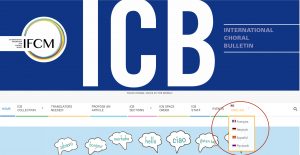Партитурный анализ для развития вокала
Брайан Дж. Винни
д. м. н., руководитель отдела хоровой деятельности Университета Западного Иллинойса
Партитурный анализ – это целостный процесс, который помогает дирижерам-педагогам тщательно изучить репертуар и композиторские замыслы. Однако в самой партитуре отсутствует один компонент – звук. Какое качество голоса имел в виду композитор и на что способны ваши хористы? Более того, как мы можем использовать репертуар для обучения наших певцов передаваемым вокальным навыкам? Учителям-дирижерам полезно знать все способы, которыми певец может придать выразительность произведению, спеть ноту определенной высоты или сбалансировать определенный аккорд. Это может быть достигнуто путем интеграции знаний о вокальной анатомии, физиологии, психоакустике и связи жестов с обучением в наш процесс анализа партитур. Интеграция этих принципов может помочь дирижерам-преподавателям направлять хористов, чтобы они были более разносторонними в своих певческих способностях и лучше понимали свой вокальный инструмент. Это также может помочь создать общий язык между преподавателями и певцами, что позволит преподавателям-дирижерам быстро адаптироваться в процессе репетиций.
Перевод с английского языка: Елена Ещенко
Уважаемый читатель, если Вы хотите прочитать эту статью целиком, её полный текст доступен на английском, испанском и французском языках. Вы можете выбрать удобный Вам язык, щёлкнув на флажок в крайней правой вкладке главного меню.
